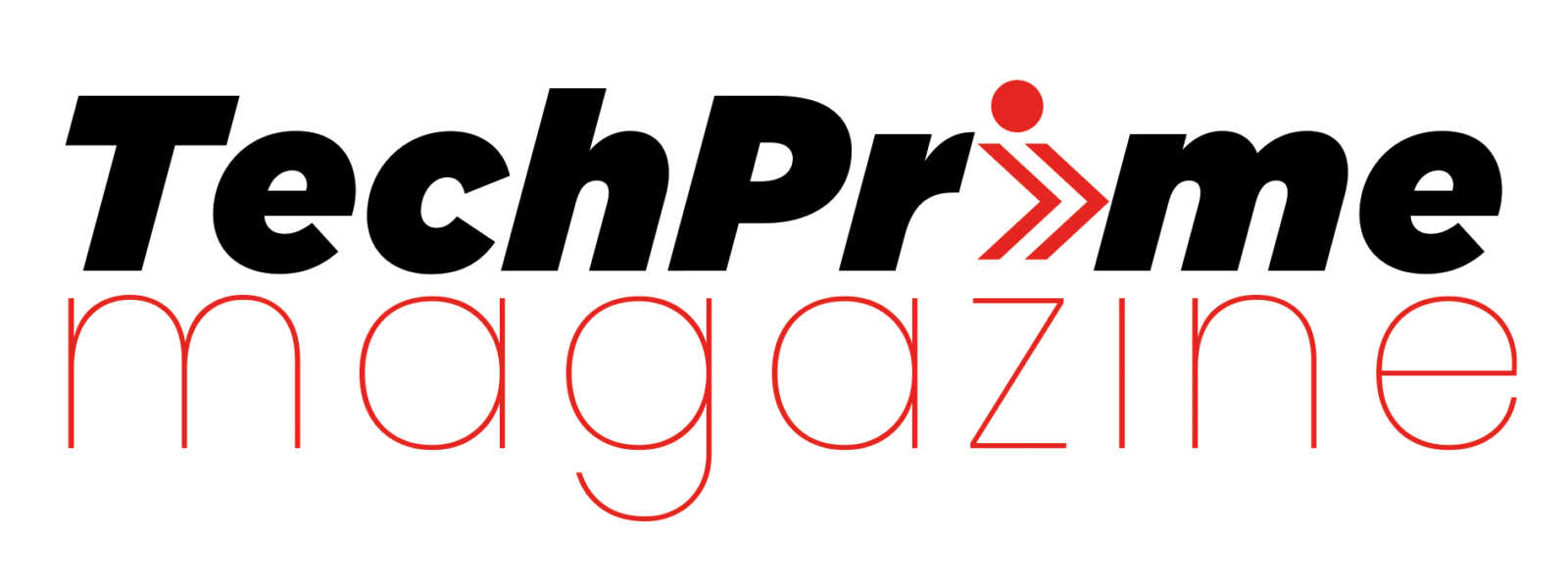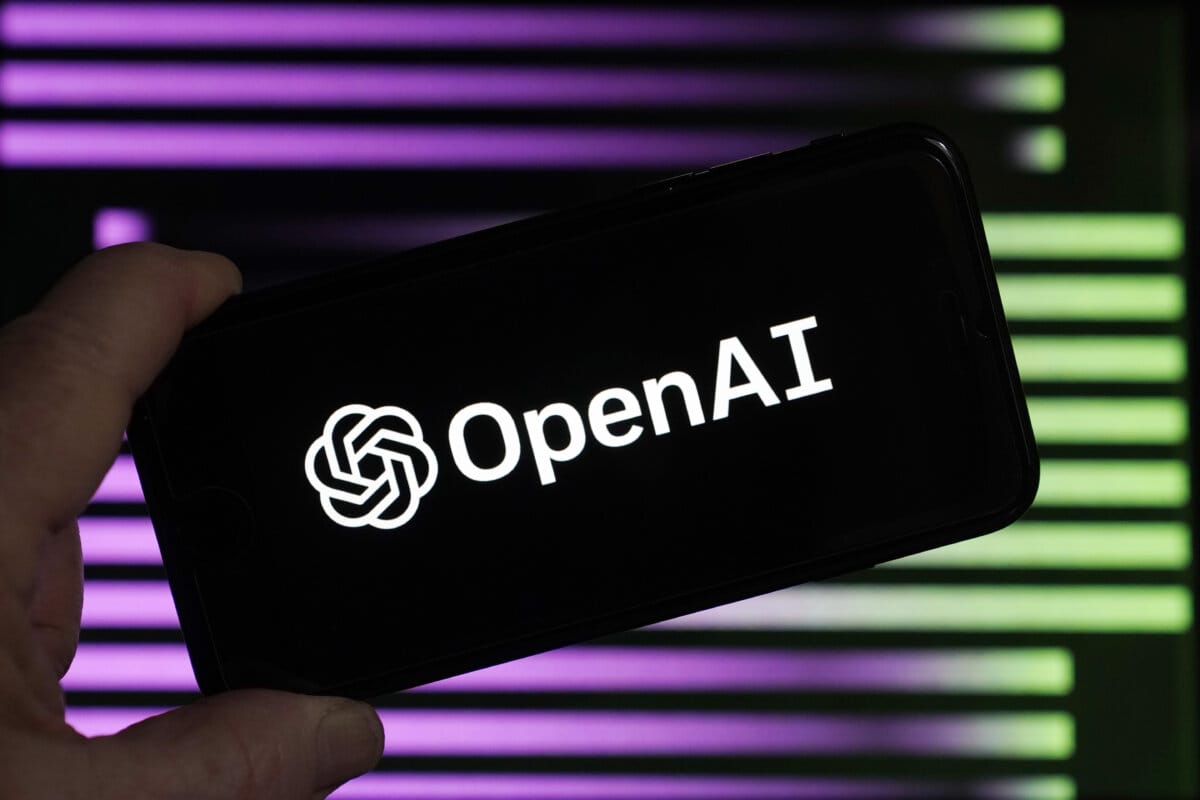OpenAI, the artificial intelligence powerhouse backed by Microsoft, recorded an annualized revenue run rate of $10 billion as of June 2025, the company reported on Monday.
This marks a meteoric increase from the $5.5 billion registered in December 2024, reflecting the surging demand for AI-powered tools such as ChatGPT and enterprise AI solutions.
A Rapid Rise in AI Adoption
The company’s revenue growth has been fueled by widespread adoption of its AI models across various sectors. OpenAI’s flagship product, ChatGPT, has seen 500 million weekly active users, while its business tools now serve 3 million paying companies. The firm’s API access, which allows developers to integrate OpenAI’s models into their own applications, has also contributed significantly to its revenue stream.
Sam Altman, CEO of OpenAI, expressed confidence in the company’s trajectory, stating, “We are witnessing an unprecedented shift in how businesses and individuals interact with AI. Our goal is to continue pushing the boundaries of what’s possible while ensuring responsible AI development.”
Financial Strategy and Future Goals
Despite its impressive revenue figures, OpenAI has faced substantial operational costs. The company reported a $5 billion loss in 2024 due to heavy investments in AI research, infrastructure, and talent acquisition. To sustain its growth, OpenAI secured $40 billion in funding in March 2025, led by SoftBank, valuing the company at $300 billion.
Greg Brockman, OpenAI’s President, emphasized the company’s long-term vision, stating, “We are not just building AI products—we are shaping the future of technology. Our investments in compute power and model refinement will ensure that AI remains a transformative force for decades to come.”
Challenges and Industry Competition
OpenAI’s rapid expansion has placed it ahead of competitors like Anthropic, which recently crossed $3 billion in annualized revenue. However, the company faces mounting pressure to maintain its growth while managing rising costs. Industry analysts warn that OpenAI’s high burn rate could necessitate further funding rounds in the near future.
The AI builder has diversified its cloud computing partnerships, recently signing a deal with Google Cloud despite its existing relationship with Microsoft. This move underscores the increasing demand for computing power required to train and deploy AI models.
Looking Ahead
OpenAI has set ambitious revenue targets, aiming to reach $12.7 billion by the end of 2025 and $125 billion by 2029. The company is exploring new monetization strategies, including premium features for ChatGPT users and expanded enterprise offerings.
As AI continues to reshape industries, OpenAI’s financial success highlights the growing reliance on artificial intelligence in everyday life. With its innovative approach and strategic investments, the company is poised to remain a dominant force in the AI landscape.
OpenAI Surpasses $10 Billion in Annual Revenue Amid AI Boom
OpenAI, the artificial intelligence powerhouse backed by Microsoft, recorded an annualized revenue run rate of $10 billion as of June 2025, the company reported.
This marks a meteoric increase from the $5.5 billion registered in December 2024, reflecting the surging demand for AI-powered tools such as ChatGPT and enterprise AI solutions.
A Rapid Rise in AI Adoption
The company’s revenue growth has been fueled by widespread adoption of its AI models across various sectors. OpenAI’s flagship product, ChatGPT, has seen 500 million weekly active users, while its business tools now serve 3 million paying companies. The firm’s API access, which allows developers to integrate OpenAI’s models into their own applications, has also contributed significantly to its revenue stream.
Sam Altman, CEO of OpenAI, expressed confidence in the company’s trajectory, stating, “We are witnessing an unprecedented shift in how businesses and individuals interact with AI. Our goal is to continue pushing the boundaries of what’s possible while ensuring responsible AI development.”
Financial Strategy and Future Goals
Despite its impressive revenue figures, OpenAI has faced substantial operational costs. The company reported a $5 billion loss in 2024 due to heavy investments in AI research, infrastructure, and talent acquisition. To sustain its growth, OpenAI secured $40 billion in funding in March 2025, led by SoftBank, valuing the company at $300 billion.
Greg Brockman, OpenAI’s President, emphasized the company’s long-term vision, stating, “We are not just building AI products—we are shaping the future of technology. Our investments in compute power and model refinement will ensure that AI remains a transformative force for decades to come.”
Challenges and Industry Competition
OpenAI’s rapid expansion has placed it ahead of competitors like Anthropic, which recently crossed $3 billion in annualized revenue. However, the company faces mounting pressure to maintain its growth while managing rising costs. Industry analysts warn that OpenAI’s high burn rate could necessitate further funding rounds in the near future.
The AI builder has diversified its cloud computing partnerships, recently signing a deal with Google Cloud despite its existing relationship with Microsoft. This move underscores the increasing demand for computing power required to train and deploy AI models.
Looking Ahead
OpenAI has set ambitious revenue targets, aiming to reach $12.7 billion by the end of 2025 and $125 billion by 2029. The company is exploring new monetization strategies, including premium features for ChatGPT users and expanded enterprise offerings.
As AI continues to reshape industries, OpenAI’s financial success highlights the growing reliance on artificial intelligence in everyday life. With its innovative approach and strategic investments, the company is poised to remain a dominant force in the AI landscape.

